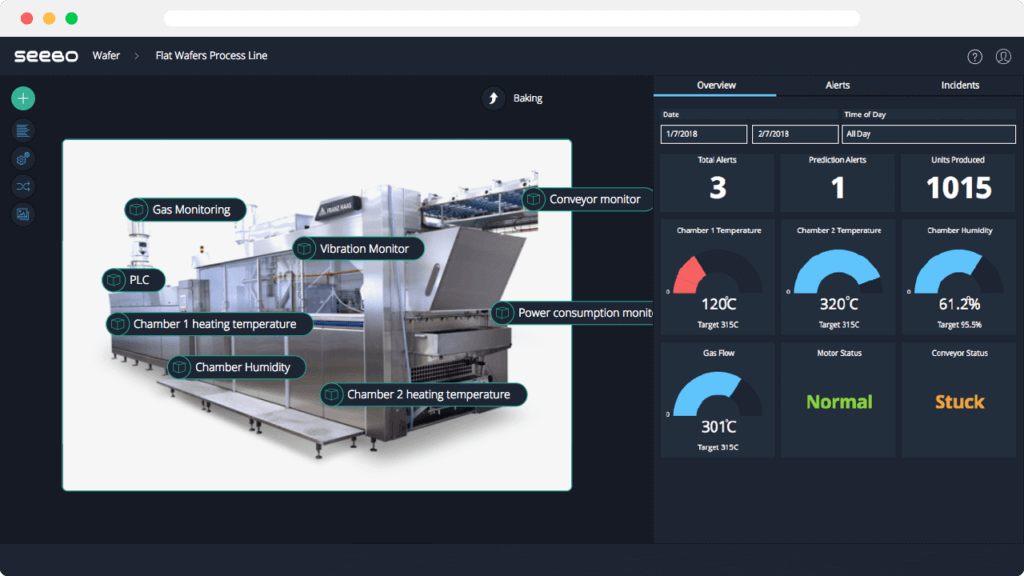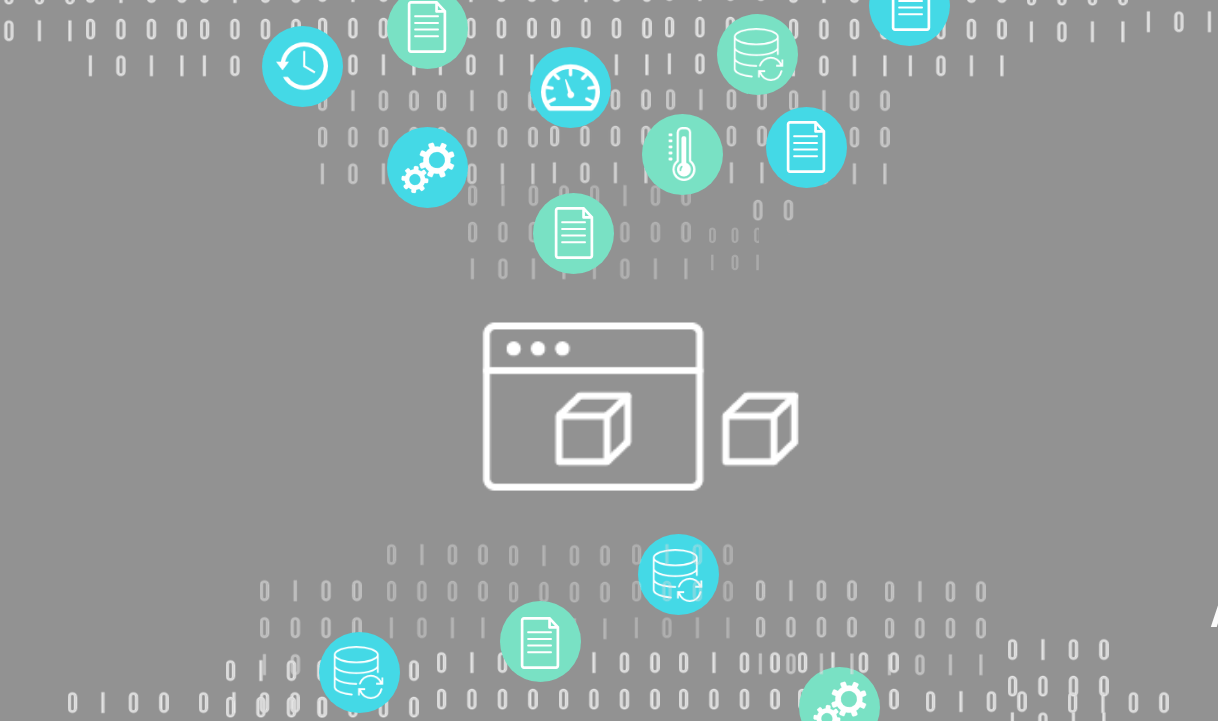The Digital Twin: Powerful Use Cases for Industry 4.0
The Digital Twin: Powerful Use Cases for Industry 4.0
Technologies today like the Internet of things, machine learning and other forms of industrial AI are converging and being leveraged to change how we collect and analyze data. Nowhere is this truer than in the emergence of industrial digital twins and their use cases.


Digital twin technology has actually been around for some time. NASA developed an early digital twin to simulate conditions on Apollo 13, and today utilizes a digital twin to monitor the entire Space Center.
While manufacturing can’t boast use cases as dramatic as rescuing stranded astronauts, applying
What is a Digital Twin?
By 2021, half of large industrial companies will use digital twins.
A digital twin is a virtual representation of a physical system that simultaneously stands as an entity on its own. This digital copy is a ‘twin’ of information embedded in the physical system, as much as the physical parts.
With the advent of IoT, a digital twin can collect data continuously from sensors and mutually pass information with the physical counterpart throughout the system’s life-cycle. Everything from manufacturing processes to sensor input, to external management software, can be fed into, and organized inside, the digital twin.


This capacity for aggregating data from and around a physical product or system, as well as functioning as a digital stand-in, opens the way for an astonishing breadth of new use cases.
Digital Twin Use Cases: Production Processes and Product Performance
Imagine the following:
A chemical manufacturing plant produces half a billion dollars worth of products a year. Each line contains highly specialized and expensive machines, along with carefully detailed ‘recipes’ of raw materials and machine settings used to produce the end product.
Now imagine a digital copy of the production lines in the factory, including sensor data collected from production line machines (typically stored in a data historian); ERP data of the raw materials, production orders, and recipes; and quality management system data, among others.
The manufacturer needs to continually optimize production yield by reducing unplanned machine downtime, reducing the amount of ‘scrap’ produced in each production run, and minimizing costly production quality faults.
Normally, their team starts by looking at the mountains of data and slowly narrowing down which information can help them. Only after an exhaustive research would they — perhaps — start noticing correlations that can help them optimize this complex system of assets and instructions.
Now add the Digital Twin:
Good digital twin software will ingest data from relevant IT and OT sources and display it on a virtual copy of the plant line. Process engineers, QA teams and others can understand the data in the context of the machines, the raw materials, and the entire production line environment.
If the digital twin system is coupled with root cause analysis tools, it will even point out which variables need urgent attention, speeding up root cause investigations and optimization processes.
Monitoring production line and individual machine health
Digital twins are first and foremost the EKG monitors of manufacturing — they visualize and track your production line’s pulse.
Skilled operators can notice something wrong with a machine just by touching its surface. The digital twin takes that intuition a step further by showing how the problem is reflected through data, helping investigation teams identify problems in assets more quickly and even mitigate the same problem in the future.
In addition, all of this insight is available remotely. Engineers can troubleshoot equipment remotely via the digital twin, reducing incident resolution times more quickly and accurately than through viewing the data on historians, MES or quality management software alone.
Why? Because of the importance of context.
Using digital twins to understand data in context
Production line data is stored in different systems: some data is saved in data historians, some in ERP, MES and quality systems; some stored manually, and some processed automatically.
When data isn’t aggregated and organized in a digestible way, it’s useless for reaching accurate and actionable insights.
Take the case of a production line which yields 10,000 bricks per batch, with 1.5% scrap at the end of the process. Over time, each batch produces more waste and smaller yields.
To identify the source of the issue, an engineer first needs to pinpoint the step of the process where they are losing throughput by monitoring machine downtime.
But reviewing downtime data from different sources is time-consuming and makes it difficult to spot correlating indicators. A digital twin gives a more integrated view of environmental factors, individual machines, and how they interact to affect the operational quality and asset performance.
That engineer, viewing downtime on a digital twin, can quickly and accurately pinpoint the root cause of the problem (e.g. low temperature in an oven) and the chain of events that lead to scrap.
Digital Twin Use Cases for OEMs: Control and Visibility
A digital twin of individual products — for example, a packaging machine — drives business benefits that span the entire product life cycle:
- Product Development — Engineers, designers, and developers create digital prototypes, then run simulations to test the product’s usability. OEMs can cut development and production costs by reducing bugs before the product hits the shelf.
- Setup via digital twin: Products can be activated from remote service centers, reducing service costs for consumers.
- Post-production troubleshooting — When all data about a live product’s behavior is captured in a digital twin, it’s easy for engineers to troubleshoot reported errors in the product.
The Future of Digital Twins
Digital Twin use cases are as varied as manufacturers are innovative. As AI, image recognition and other technologies advance, digital twins will adapt to them and develop exciting new applications for industrial manufacturing.
